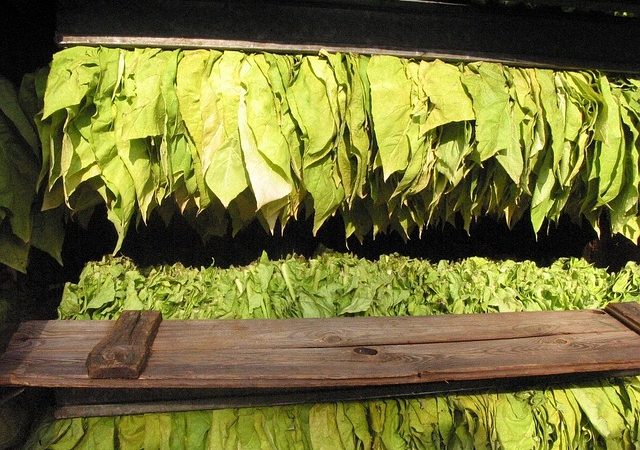Zambia is home to a wide variety of crops, with agriculture forming the backbone of the nation’s economy. In this post, we take a closer look at the top crops grown in Zambia during the 2021/2022 agricultural season.
From maize to cassava, we explore actual production figures and trends that can help farmers, investors, and policy makers make informed decisions.To make this data more accessible, we’ve added an interactive Power BI table below showcasing the actual production numbers of key crops grown across the country.
1. Maize Still Dominates
As expected, maize continues to be Zambia’s most widely grown crop, with over 2.6 million metric tonnes harvested. Despite a slight drop in yield, it remains a staple food and a key player in food security.
2. Cassava Comes in Strong
Cassava surprised many with its impressive production numbers, standing at over 3.3 million metric tonnes. Its consistent yield rate makes it a reliable option for farmers, especially in more humid provinces.
3. Emerging Oilseed Crops
Soya beans, sunflower, and groundnuts also showed significant contribution, supporting both local consumption and export potential.
4. Root Crops and Tubers
Sweet potatoes and Irish potatoes continue to grow in popularity, with sweet potatoes showing a 22.8% increase in production compared to expectations.
5. Tobacco and Cotton
These cash crops showed mixed performance, with Burley tobacco surpassing expectations while seed cotton saw a notable decline.
Data source: zamstats.gov.zm
The dashboard above gives a visual snapshot of actual production, yield, and area planted for Zambia’s top crops in 2022. With just a quick glance or a simple filter, farmers and agri-curious minds can explore how each crop performed. Whether you’re looking to compare total output or zero in on efficiency per hectare, this tool makes the data easy to understand and use.What stands out is the drop in yield for most crops compared to the previous season.
Yield measures how much a farmer harvested per hectare, and a negative change means the land produced less than before. Several factors might explain this decline; unpredictable rainfall, pest outbreaks, soil degradation, or limited access to quality inputs. While total production stayed strong in some cases, the efficiency of land use took a hit. Understanding this helps farmers adjust their practices and policymakers prioritize support where it’s needed most.
Conclusion
Zambia’s diverse crop production reflects the country’s agricultural potential and the need for ongoing investment in sustainable practices, smart farming, and data-driven planning. Whether you’re a farmer, policymaker, or agribusiness enthusiast, understanding these trends is key to thriving in Zambia’s agricultural landscape.

[…] You might also like: Top Crops Grown in Zambia […]